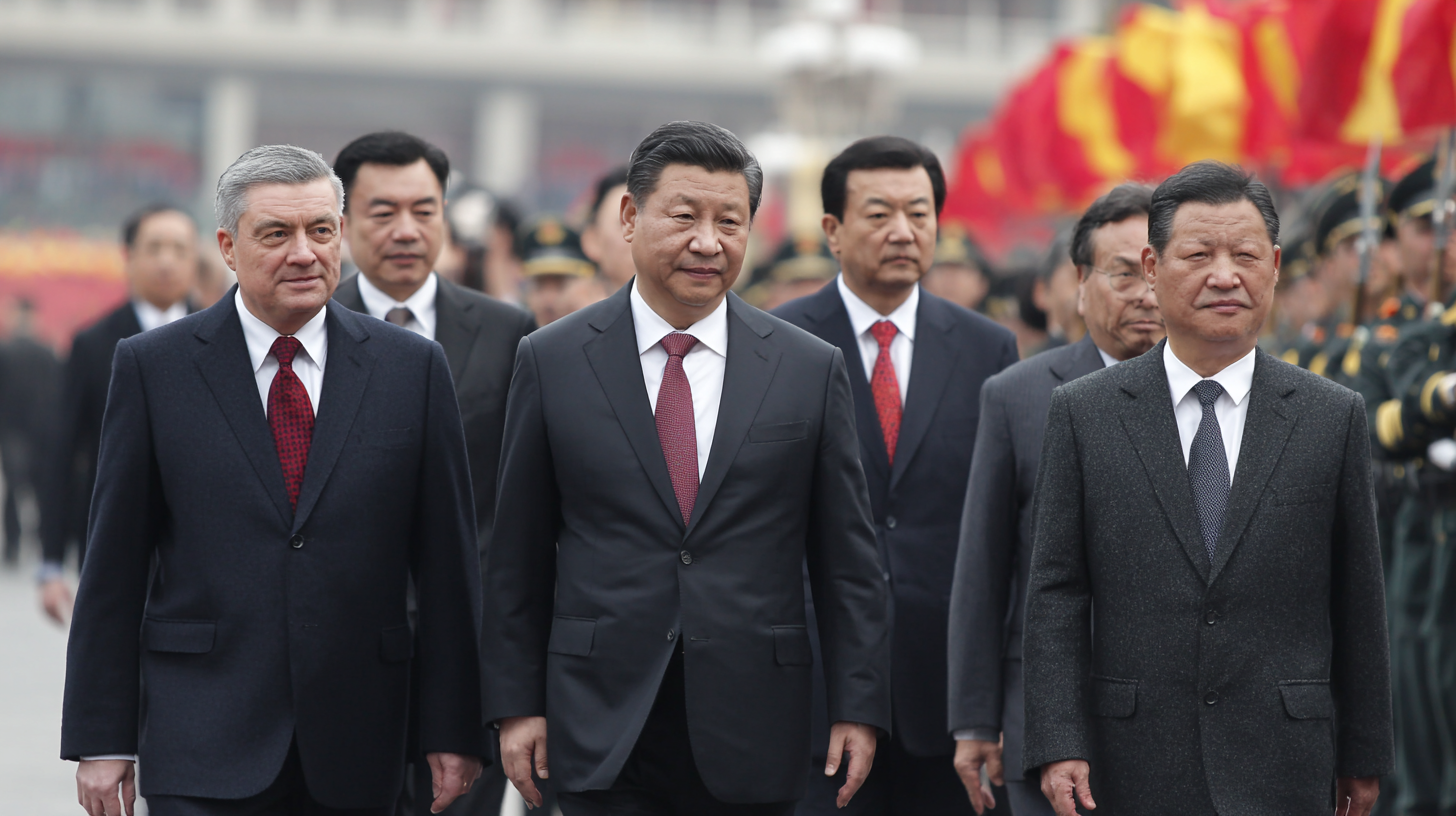
7 Reasons Why Best China Manufacturing Leads the Global Market
In recent years, China has solidified its position as a leader in global manufacturing, accounting for over 28% of the world’s total manufacturing output as of 2021, according to the World Bank. This dominance can be attributed to a combination of factors, including cost-effectiveness, advanced technology, and a comprehensive supply chain network. As businesses increasingly look to optimize their production processes, the search for quality suppliers in China has become paramount. However, navigating the complex landscape of Chinese manufacturing can be challenging. It is essential for companies to identify reputable suppliers who can deliver consistent quality and reliability. In this blog, we will explore seven compelling reasons why China's manufacturing sector continues to lead the global market and provide insights into how to effectively find quality suppliers within this dynamic environment.

Understanding China's Strong Manufacturing Ecosystem and Its Global Impact
 China's manufacturing ecosystem stands out on the global stage due to its remarkable integration of efficient supply chains, cutting-edge technology, and a vast workforce. With a strong emphasis on infrastructure development, China has created a conducive environment for manufacturing, enabling rapid production and delivery processes. This robust infrastructure supports various industries, ranging from electronics to textiles, allowing manufacturers to meet global demand swiftly and effectively.
China's manufacturing ecosystem stands out on the global stage due to its remarkable integration of efficient supply chains, cutting-edge technology, and a vast workforce. With a strong emphasis on infrastructure development, China has created a conducive environment for manufacturing, enabling rapid production and delivery processes. This robust infrastructure supports various industries, ranging from electronics to textiles, allowing manufacturers to meet global demand swiftly and effectively.
Moreover, China's commitment to innovation plays a crucial role in maintaining its leadership in the manufacturing sector. Government policies that promote research and development have led to advancements in automation and smart manufacturing technologies. As Chinese companies embrace the internet of things (IoT) and artificial intelligence (AI), they enhance productivity and quality, making their products increasingly competitive on the world market. This melding of traditional manufacturing and modern technology not only boosts output but also positions China as a leader in smart manufacturing solutions, influencing global standards and practices.
Key Innovations and Technology Leading China's Manufacturing Revolution
China has emerged as a global manufacturing powerhouse, fueled by key innovations and cutting-edge technology that drive its manufacturing revolution. One of the foremost advancements is the integration of automation and robotics in production lines. Chinese manufacturers are increasingly adopting automated systems to enhance efficiency, reduce labor costs, and improve precision in the manufacturing processes. This shift not only boosts productivity but also allows for the handling of high volumes with consistent quality, thereby meeting global demands effectively.

Another significant factor contributing to China's manufacturing dominance is the rapid adoption of advanced technologies such as artificial intelligence (AI) and the Internet of Things (IoT). These technologies facilitate real-time data analysis and machine learning, enabling manufacturers to optimize processes and minimize downtime. With AI-driven predictive maintenance and smart supply chain management, companies can adapt swiftly to market changes and production challenges. This technological prowess positions China at the forefront of innovation, making it an attractive destination for businesses looking to leverage modern manufacturing capabilities.
Workforce Skills and Educational Enhancements Driving Manufacturing Excellence
China's manufacturing sector has consistently led the global market, and a major contributing factor is the impressive skills and educational enhancements among its workforce. In recent years, the country has invested heavily in vocational training programs and partnerships with educational institutions, ensuring that workers are not only skilled but also adept at adapting to new technologies and production methods. This commitment to workforce development has transformed China into a hub of innovation, enabling manufacturers to respond quickly to market demands and maintain high standards of quality.
Furthermore, the integration of advanced technologies such as automation and artificial intelligence has heightened the need for a more educated workforce. Chinese manufacturers are prioritizing continuous learning and skill development, encouraging employees to engage in lifelong education programs that keep pace with global advancements. This proactive approach not only boosts productivity and efficiency but also fosters a culture of creativity and problem-solving within the industry. As China continues to strengthen its manufacturing capabilities through workforce enhancements, it solidifies its position as a leader in global manufacturing.
Cost Efficiency and Scale: How China Maintains Competitive Advantage
China has long been a leader in the global manufacturing sector, primarily due to its remarkable cost efficiency and scale. With a total import-export value of 17.94 trillion yuan in the first five months of the year, reflecting a 2.5% year-on-year growth, China continues to defy challenging global circumstances. This resilience can be attributed to its ability to streamline production processes and leverage a vast labor market, which keeps costs significantly lower compared to competitors.
Tip: Companies looking to enter the Chinese market or expand their operations should consider strategic partnerships with local firms to benefit from insights into the regulatory environment and consumer preferences.
In addition to cost efficiency, the scale at which China operates provides a unique competitive advantage. The country houses a myriad of businesses capable of supporting vast supply chains, ensuring that production lines can adapt quickly to changing demands. Recent trends indicate that multinational corporations are reshaping their operational strategies in China, influenced by factors such as labor costs and evolving industry policies.
Tip: Focusing on sustainability and innovation in manufacturing processes can further enhance competitiveness; businesses should keep an eye on trends such as green packaging and renewable energy to align with global market shifts.
Case Studies: Successful Chinese Manufacturers Dominating Global Markets
When examining the landscape of global manufacturing, Chinese companies often emerge as leaders, showcasing remarkable success across various industries. One prominent example is
Huawei, a telecommunications giant that has strategically invested in cutting-edge research and development. By prioritizing innovation and establishing strong global partnerships,
Huawei has positioned itself as a key player in the 5G technology race, significantly influencing telecommunications standards worldwide.
Another notable case is
BYD, a pioneer in electric vehicles and battery technology. With a focus on sustainability and green energy solutions, BYD has expanded its footprint beyond China, entering markets like Europe and North America. Their commitment to affordable electric transport has resonated well with global consumers, making them a leader in the transition to eco-friendly mobility. Through savvy marketing and an emphasis on quality, BYD has successfully captured market share in a rapidly evolving automotive landscape, demonstrating how Chinese manufacturers are not just participants in the global market but are actively shaping its future.
